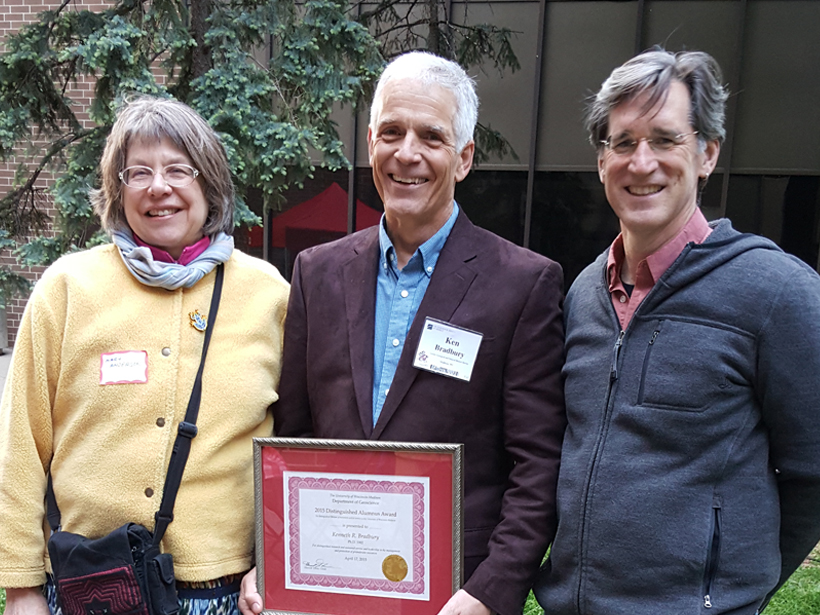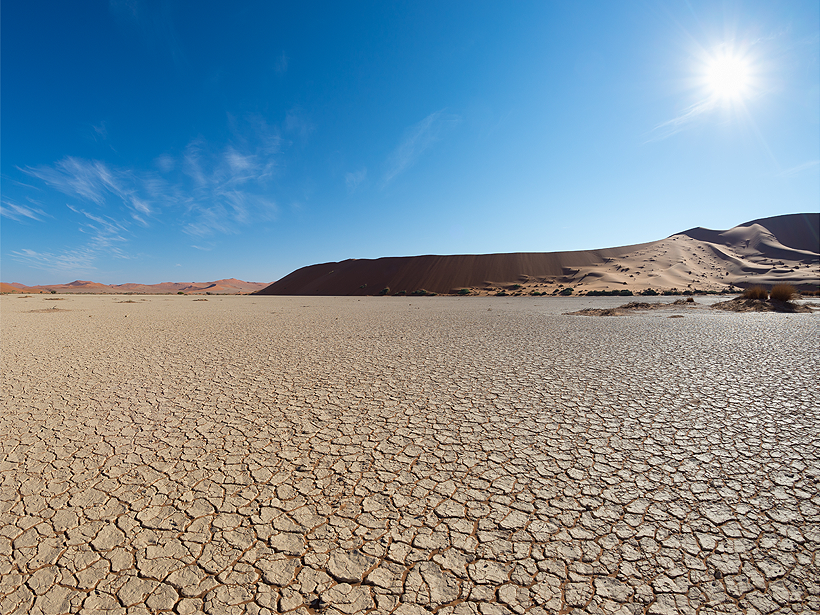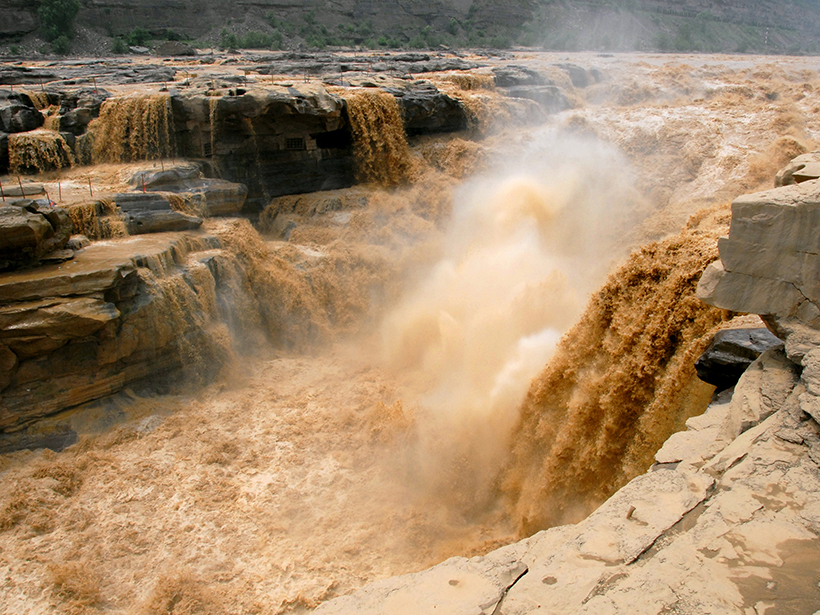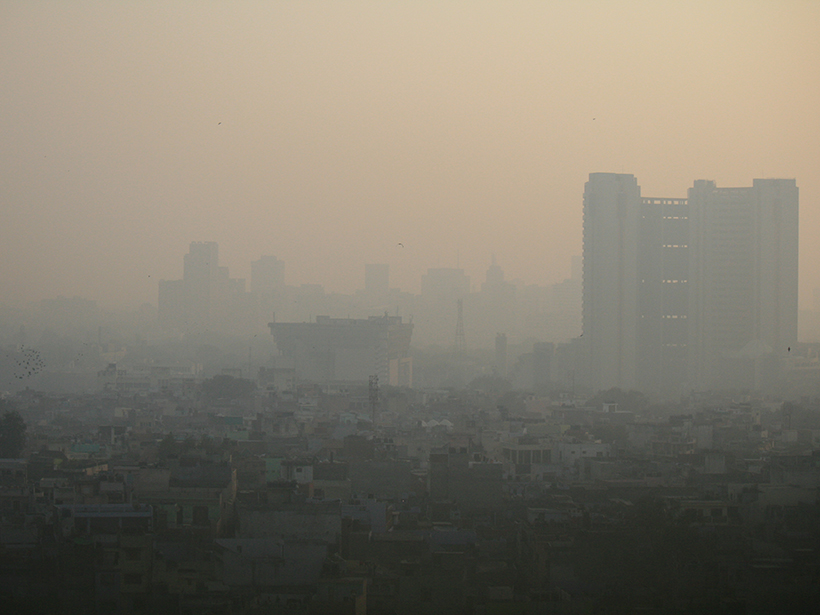Mary Pikul Anderson, a lauded hydrogeologist, has advised more than 50 graduate students.
CC BY-NC-ND 2019
What Climate Models Get Wrong About Future Water Availability
Models that accurately represent past and present rainfall provide more accurate projections of water availability, a new study suggests.
The Thermosphere Responds to a Weaker Than Normal Solar Cycle
Infrared emissions from nitric oxide and carbon dioxide in Earth’s upper atmosphere, which are closely tied to incoming solar radiation, are drastically lower than in the previous solar cycle.
Fiber-Optic Networks Find a New Use as Seismic Sensor Arrays
Distributed Acoustic Sensing: Principles and Case Studies; Washington, D.C., 9 December 2018
Putting the Cloud to Work for Seismology
The cloud infrastructure developed in the business community has made access to cluster computing possible for even the smallest research groups, enabling new kinds of research workflows in geophysics.
Ian McDougall (1935–2018)
McDougall distinguished himself as a leader in developing potassium-argon geochronology and its application to many Earth science issues, including the geomagnetic polarity timescale.
Through Flood and Drought: Reconstructing the Yellow River
Tree ring chronologies fill in gaps in the historical record and offer insights into the natural flow of China’s Yellow River.
Aerosol Particle Size May Contribute to Varying Health Responses
Particulate matter in the atmosphere derives from industrial and environmental sources. The size of the particle determines how it deposits in the body and leads to different health challenges.
Bridging the Gap with the Science for Climate Action Network
A new report identifies missing support that is slowing progress in limiting and adapting to climate change. The Science for Climate Action Network aims to provide it.
Imaging an Earthquake Rupture in High Definition
New field measurements using terrestrial laser scanning provide a detailed, centimeter-scale image of surface deformation patterns caused by the Magnitude 6.6 earthquake in Norcia, Italy.









